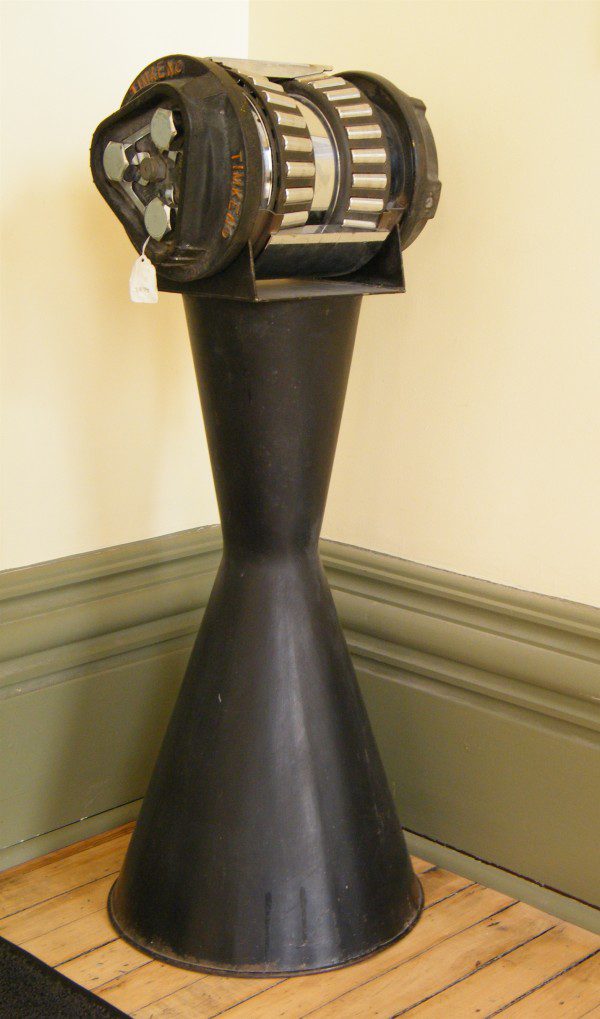Inducted 2006
Henry Timken patented the tapered roller bearing in 1898. On December 15, 1899, The Timken Roller Bearing Axle Company was incorporated in St. Louis, Missouri, marking the official launch of what would become The Timken Company. The Timken Roller bearing Axle Company was set to make axles equipped with the new tapered roller bearings for wagons and carriages.
In 1929, the locomotive, “The Four Aces” as built to prove the economic benefit of using Timken bearings and steel. It was intended to showcase advance materials designed to pull either freight or passenger trains. Unveiled in April 1930, the locomotive demonstrated its capabilities on long hauls and steep grades under all conditions, consuming less fuel and water yet more powerful than comparable engines.
Timken bearings became standard on passenger cars and locomotives during the late 1920s to the early 1930s. Freight cars were left with the old-fashioned bearings because the improved performance on the cars was not immediately obvious. However, the old bearings would frequently leak or dry out causing overheating of the bearing journal box – a situation termed a “hot box.” Often, these overheated bearings could lock wheels, cause derailments or fires that would destroy the entire railroad car as well as cars coupled to it. Henry Timken created the roller bearing to increase lubrication which in turn reduced friction.
The Timken AP bearing, a pre-lubricated, self-controlled, two-row bearing was introduced in 1954. The demand for these innovative bearings became so great that another plan at Columbus was opened in 1958 to make only AP bearings.
In response to customer and government requests for a local supplier, Canadian Timken Limited was established in 1946. St. Thomas was chosen over thirty-four other Ontario towns as the building place for the new Canadian Timken plant mainly because of its extensive railway community.
An announcement by Timken Company president William E. Umstattd, read in part: “Choice of St. Thomas as a home for the new plant was made because of its ideal transportation facilities and its central location among the Canadian market for Timken Company products.”
John W. Jolly was appointed as the first general manager of the St. Thomas plant and Carman J. Nickleson was the first St. Thomas employee of Canadian Timken holding clock number “1.”


